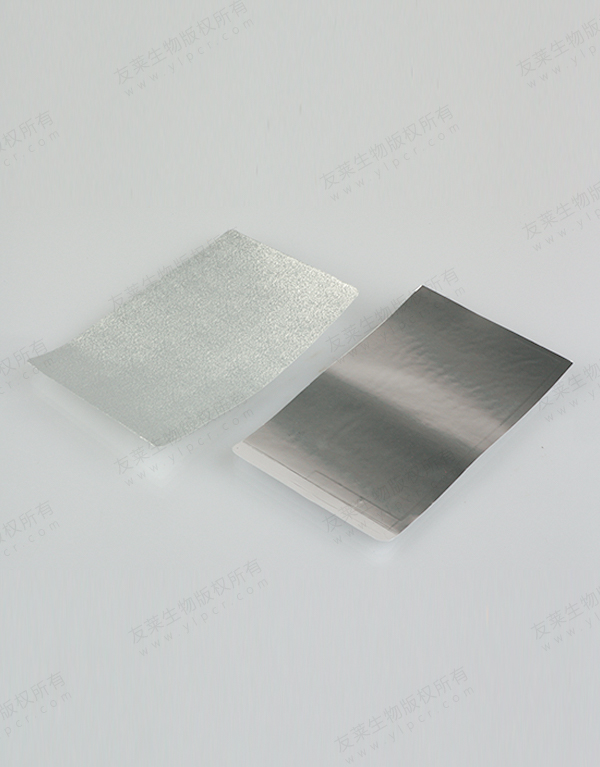Applications of PCR Sealing Film
Standard PCR
The primary application of PCR sealing film is in standard polymerase chain reaction (PCR) setups. By sealing the wells of PCR plates, the film prevents contamination and evaporation, ensuring that samples remain isolated and that reactions proceed under ideal conditions.
Quantitative PCR (qPCR)
In quantitative PCR, where precise measurement of DNA amplification is crucial, sealing films are vital. They help maintain the integrity of samples and reagents, which is particularly important when measuring fluorescence in real-time PCR systems. The right sealing film can improve the accuracy of quantitative results by reducing background noise from evaporation.
Reverse Transcription PCR (RT-PCR)
PCR sealing films are also widely used in RT-PCR, where RNA is converted into DNA before amplification. The films prevent the degradation of RNA by keeping samples free from contaminants and maintaining moisture levels, crucial for the success of reverse transcription.
High-Throughput Screening
In high-throughput settings, where multiple samples are processed simultaneously, the use of PCR sealing films can enhance efficiency. These films help ensure that reactions are uniform across all wells, minimizing variability and improving overall data quality.
Field Applications
With the rise of portable PCR devices for field testing, sealing films are essential for maintaining sample integrity in varying environmental conditions. Their use in point-of-care testing and environmental monitoring showcases their versatility beyond traditional laboratory settings.
Best Practices for Using PCR Sealing Film
Choose the Right Film
Selecting the appropriate PCR sealing film based on your specific application is critical. Consider factors such as thermal cycling requirements, adhesive properties, and compatibility with PCR plates. Films designed for high-temperature applications or those with micro-porous features can significantly enhance performance.

Proper Application Techniques
To achieve a strong seal, it’s important to apply the film correctly. Ensure that the surface of the PCR plate is clean and dry before application. Carefully align the film to avoid air bubbles, which can compromise the seal. Press firmly across the surface to ensure complete adhesion.
Avoid Contamination
When handling sealing films, it’s essential to minimize contamination risks. Use gloves and work in a sterile environment to avoid introducing any contaminants that could affect the PCR reaction. Always handle films by the edges to maintain sterility.
Monitor Temperature Conditions
Ensure that the sealing film is appropriate for the temperature range used during the PCR process. Monitoring the thermal stability of the film during cycling can help avoid issues such as warping or loss of adhesion, which can lead to failed experiments.
Store Properly
Proper storage of PCR sealing films is vital for maintaining their performance. Store films in a cool, dry place away from direct sunlight and humidity. Check expiration dates, as older films may not provide reliable sealing properties.
Evaluate Results
After performing PCR experiments, evaluate the results to ensure that the sealing film performed as expected. Look for signs of evaporation or contamination, and adjust techniques or film choices in future experiments based on findings.

 English
English русский
русский 中文简体
中文简体


水印.jpg?imageView2/2/format/jp2)
